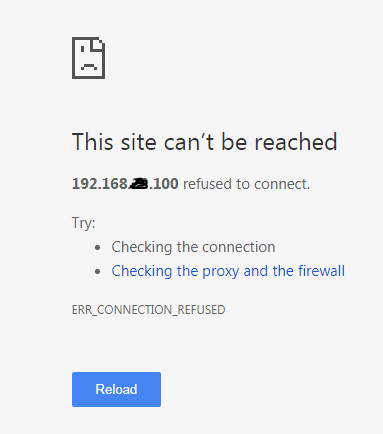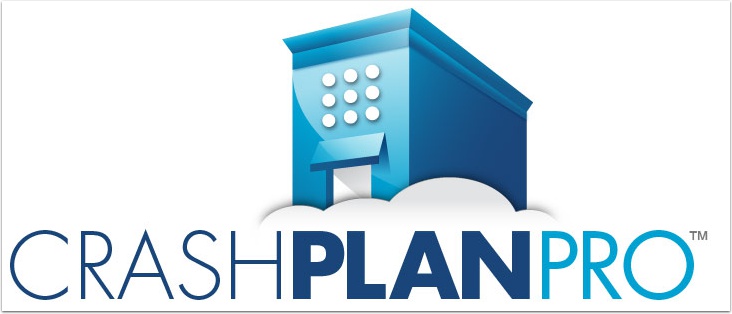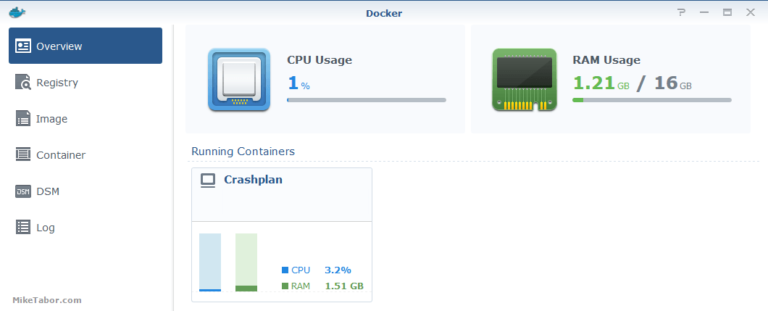
Adoption Complete!Īfter successfully having entered the encryption key, Crashplan will start to synchronize with existing backups. Earlier when entering an invalid key, the whole previous backups were lost, hopefully they have fixed that issue. You must enter the correct encryption key. Adopt a previous computer Select previous computer name Data Key Required I’ve set the max heap size to 3GB Sign in to CrashPlanĮither create a new account or login using an existing account. You usually notice this when CrashPlan notices you of Backup outages. If the CrashPlan unexpectedly crashes when running, the Heap is most likely the culprit. Set Max Heap memoryĭepending on how many files you need to scan and backup, you made need to increase the Java Max Heap. Save and quit and then fire up the CrashPlan client. Make sure the ip address points to your docker host. On my mac, it is located at: /Library/Application Support/CrashPlan Local. The local CrashPlan client read the settings from a local. ui_info file contains the port number and the key which are needed to be entered into your local. This configuration file is located in the id/ folder. Container is visible in the Synology UI Overview of container up and running Locate the server. Note my local path (/volume4/docker/crashplan/data) where “docker” is a shared folder.

I always prefer to keep the configuration outside of the container to easily be able to upgrade in the future and also to be able to backup easily. v /volume4/docker/crashplan/data:/var/crashplan \

sudo -iĮnter the docker run command docker run -d -name jrcs-crashplan \ Login to your Synology via SSH and sudo up. Since we are mapping volumes below the docker path, we need to do this outside of the Synology UI using SSH. I’ve chosen this release: Create and start container TimeMachine - I run a TimeMachine service on a separate NAS and mount the folders remotely so they can be backed up by CrashPlan on this NAS.ĭownload a crashplan image from the Docker Hub Pictures & Videos - I use PhotoSync to sync mobile photos to the NAS whenever they are in range of the home WIFI. My backup scenario is the following: CrashPlan service is running on a NAS.ĭropbox - A sync is downloading all my Dropbox content and keeps it instantly synced. I’m totalling around 4TB of data of CrashPlan data. Once it’s setup, it is very easy to backup several TB of data, even from other servers.įor a guide to install Crashplan as a regular Synology Package, follow this link.

The whole process is made easy due to the Docker technology however some tinkering is neccessary in order to successfully backup large amount of files and manage CrashPlan remotely. This post outlines the process for installing and configuring CrashPlan on a NAS in a Docker container and controlling it remotely from a CrashPlan Client. CrashPlan is very popular for backing up NAS solutions.


 0 kommentar(er)
0 kommentar(er)
